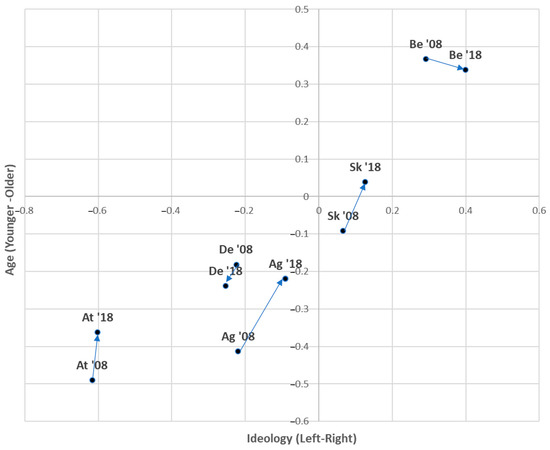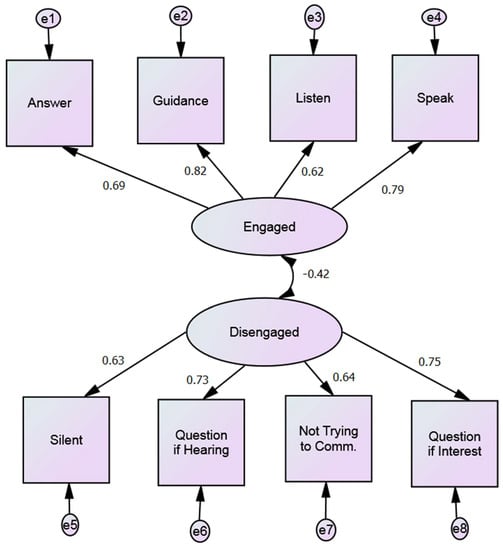Measures of the Different Aspects of Spirituality/Religiosity
A topical collection in Religions (ISSN 2077-1444). This collection belongs to the section "Religions and Health/Psychology/Social Sciences".
Viewed by 11680Editor
Interests: mind-body medicine approaches; spirituality and health; quality of life; coping; questionnaire development; integrative medicine; clinical studies; health service research; spiritual dryness; awe
Special Issues, Collections and Topics in MDPI journals
Topical Collection Information
Dear Colleagues,
After three successful Special Issues on measures of spirituality and religiosity, it is wonderful to see that the fascination with addressing the different aspects and layers of spirituality (i.e., core experiences, attitudes and behaviours, practices, and rituals) is still vital. Several of the established instruments are still in use in international studies, some of the newer ones have been translated into different languages and implemented in international studies, and some new ones have been introduced to the community of researchers and practitioners.
Spirituality as a multidimensional construct is not a fixed topic; it depends on the religious background and is also shaped by culture. Additionally, nonreligious persons may have an interest in spiritual issues, but not in established and often dogmatic traditions. However, what is relevant to them, how do they live their ‘‘secular spirituality’’, and how can we make this measurable?
In this expanding field, not only the ‘positive’ aspects of spirituality/religiosity are analyzed but also the challenging aspects of faith, struggles with the religious community, the dogmatic aspects of faith, and phases of spiritual dryness or ‘tired boredom’ on the spiritual path. These topics are rather new, and only a few instruments can operationalize this often-neglected field.
All these different aspects need to be addressed and investigated. Researchers and practitioners are invited to submit manuscripts that address how these different aspects can be operationalized and measured, either with old, new, or borrowed original instruments or their culturally adapted translations. Newly developed measures are welcome.
Prof. Dr. Arndt Büssing
Guest Editor
Manuscript Submission Information
Manuscripts should be submitted online at www.mdpi.com by registering and logging in to this website. Once you are registered, click here to go to the submission form. Manuscripts can be submitted until the deadline. All submissions that pass pre-check are peer-reviewed. Accepted papers will be published continuously in the journal (as soon as accepted) and will be listed together on the collection website. Research articles, review articles as well as short communications are invited. For planned papers, a title and short abstract (about 250 words) can be sent to the Editorial Office for assessment.
Submitted manuscripts should not have been published previously, nor be under consideration for publication elsewhere (except conference proceedings papers). All manuscripts are thoroughly refereed through a double-blind peer-review process. A guide for authors and other relevant information for submission of manuscripts is available on the Instructions for Authors page. Religions is an international peer-reviewed open access monthly journal published by MDPI.
Please visit the Instructions for Authors page before submitting a manuscript. The Article Processing Charge (APC) for publication in this open access journal is 1800 CHF (Swiss Francs). Submitted papers should be well formatted and use good English. Authors may use MDPI's English editing service prior to publication or during author revisions.
Keywords
- measures
- instruments
- validation
- translation
- culture
- religion
- faith
- spirituality
- practices
- rituals
- experience







